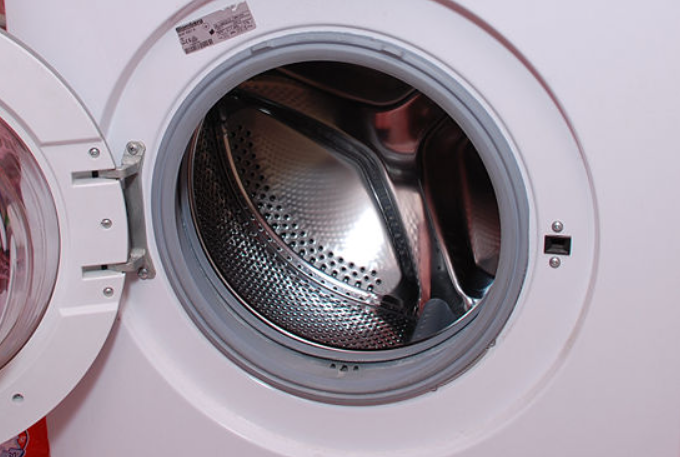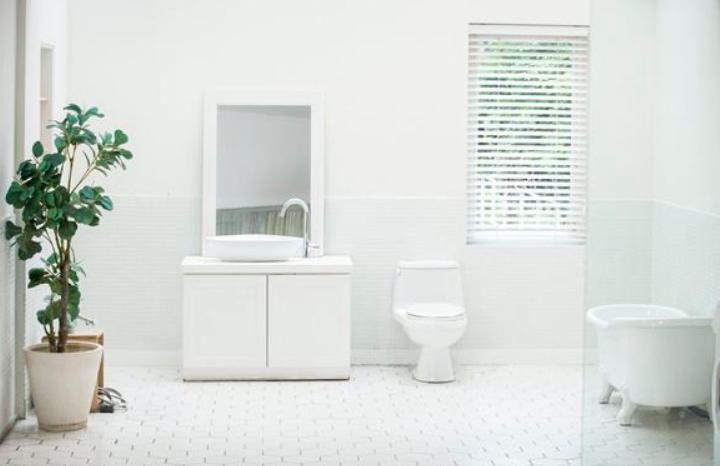Smell in the washing machine
Why does my front-loading washing machine smell bad?
After learning to use standard, high load washing machines for nearly 60 years, Americans were forced to learn a new way to wash clothes when front-loading washing machines appeared in stores. We like to use a lot of detergent. We want to see a lot of soapy water. We try to add fabric care products like fragrances and fabric softeners to our laundry.
If you overdo your laundry in a washing machine that uses less water, most of the products won’t wash out. The sludge-like coatings in these detergents and fabric softeners contain body contaminants and clothing fibers. They then end up in warm, damp machines or drains, where mold or mold spores and bacteria await them, airborne to find a home and stink as they grow.
A convenient incubator for these smells is not only the washing machine, but also the laundry room. Are the washing machines and laundry rooms well ventilated? Does the laundry room have air conditioning? If not, more moisture, more heat, more odor, more mold.
When a company creates a front-loading washing machine, it goes through hundreds of tests. However, they run these tests every day during the day. It may seem like they do laundry both day and night, but the long time between several washes gives them a chance to smell. These clean labs have air conditioning, and they don’t sit back and let the fungus grow. That’s why the washing machine in the house doesn’t smell as fresh as it does in the plant.
Unpleasant odor
Unpleasant smell in the washing machine – this is the worst thing any housewife can face. And then the question arises, how to eliminate the smell in the machine yourself and what to do so that it does not arise again? There can be many reasons that cause the appearance of mold and musty smell, and all of them indicate that the washing machine was not properly cared for, so there appeared fungus.
Why does my friend’s washing machine smell good?
So what can I do?
Thousands of people aren’t afraid of the smell of a front-loader. These guys have found the perfect mode and formula for front-loading laundry. They follow all the guidelines, the laundry room is very well ventilated, the temperature and humidity are very good, and the clothes are washed frequently to solve the problem.

Here’s what you can do:
- Forget everything you knew about using phosphate laundry detergent. It doesn’t work anymore.
- Always use phosphate-free laundry detergent. Use and measure no more than 2 teaspoons per load.
- Use less or no liquid laundry conditioner.
- Add a fan to the laundry room to improve air circulation. air conditioner; Bring in a dehumidifier; Make sure the dryer vents are tightly closed to keep moist air out.
- Frequently clean the lint trap in the washing machine. A damp lint trap is a foul-smelling lint trap.
- Open the washing machine door to let more air in.
- Schedule your laundry more often.
- Do at least one cleaning cycle a month.
Front-loading washing machine
A little history of front-loading washing machines.
Front-loading washers have been around for years. The front-loader as we know it was introduced by the Bendix Corporation at the Louisiana State Fair in 1937. The machine was fully automated and performed the washing, spinning and draining operations without the help of a housewife. All of this was made possible by rubber gasket door sealing technology. This first front-loading machine was large, consumed a lot of water and rolled around so much that it had to be bolted to the floor.
Then World War II broke out, and appliance manufacturing was left with the aftermath, as all appliances were used as military supplies. After the war, in the 1950s, Whirlpool and General Electric developed a top-loading two-door system with an agitator tank for washing and rinsing operations and another tank for the centrifugal drying process. This design lowered the cost of automatic washing machines, made them more affordable to the public, and washing machines became the standard in the United States. Those were the days when no one cared about water or electricity.
Once Europeans recovered from the war, they switched to smaller front-loading machines, allowing users to wash and dry on the same machine. The front-loading washer was still the most popular design in Europe.
Americans continued to use the peak load scheme until the early 2000s, when energy conservation concerns, especially water scarcity, led to the introduction of front-loading washing machines in the U.S. market. This washer is smaller, smoother, and has an electronic brain.








